Technology
Top Technology Skills In Demand

In today’s world, change is the only constant. Technology is now evolving at such a rapid speed, a technology which was in demand a few months ago may be replaced with a new one even before you realise it. The only way you can succeed in this ever changing world of technology is by learning constantly. So, if you are a student looking for a tech job or an aspiring tech entrepreneur, here is a list of tech skills you must learn to stay alive in the market.
1) Machine learning
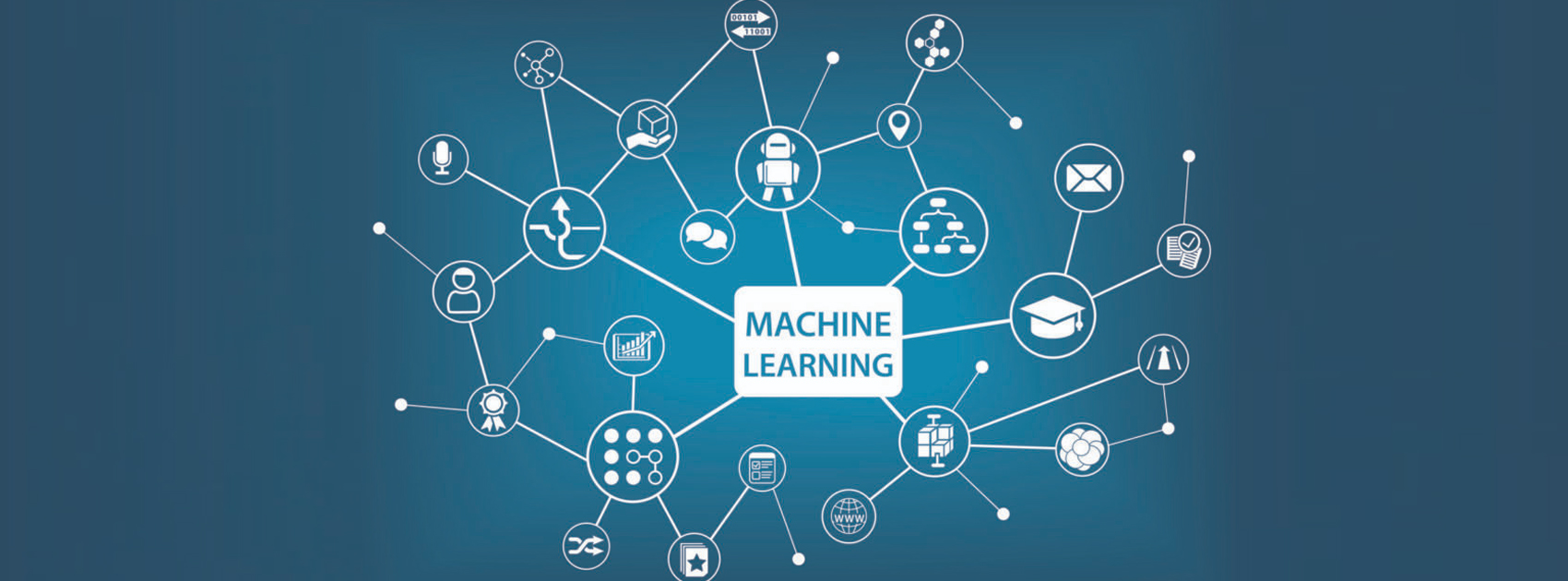
Machine learning is an internal part of AI. Machine learning provides the system with the ability to learn and improve from experience without being programmed constantly. A platform like Netflix uses machine learning to provide recommendations to its users.
Considering its advantages, machine learning is now being incorporated into a variety of sectors and there is a huge demand for skilled professionals. Within machine learning, we also have subskills like neural networks, natural language processing and deep learning. Each of these subskills, provides opportunity for specializations.
With this skill, you can get hired at top tech companies as an AI architect with an average salary of $ 150,000.
2) Cloud computing
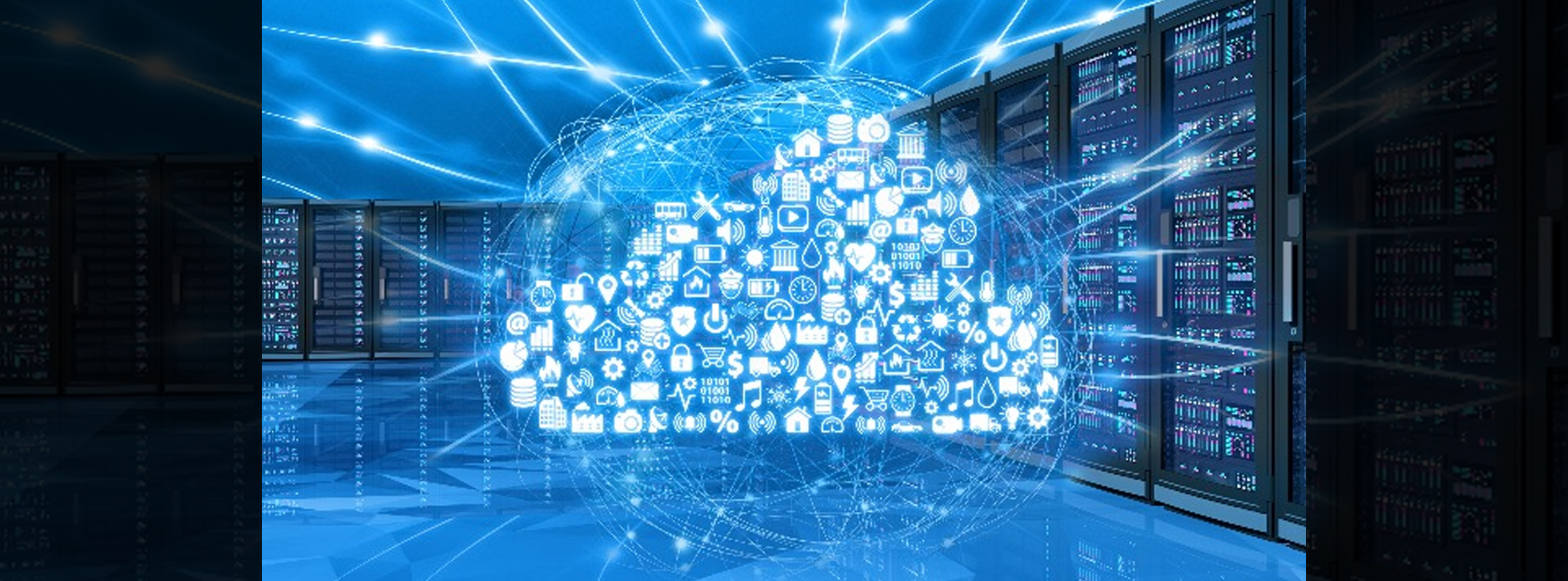
Cloud computing is a term which includes delivery of a variety of services through the internet including data storage, databases, servers, etc., without actual management by the user.
Cloud computing jobs are only increasing because more and more companies are making the transition from classical servers to cloud servers and the pay cheque for skilled professionals is only getting fatter by the day.
3) Digital marketing
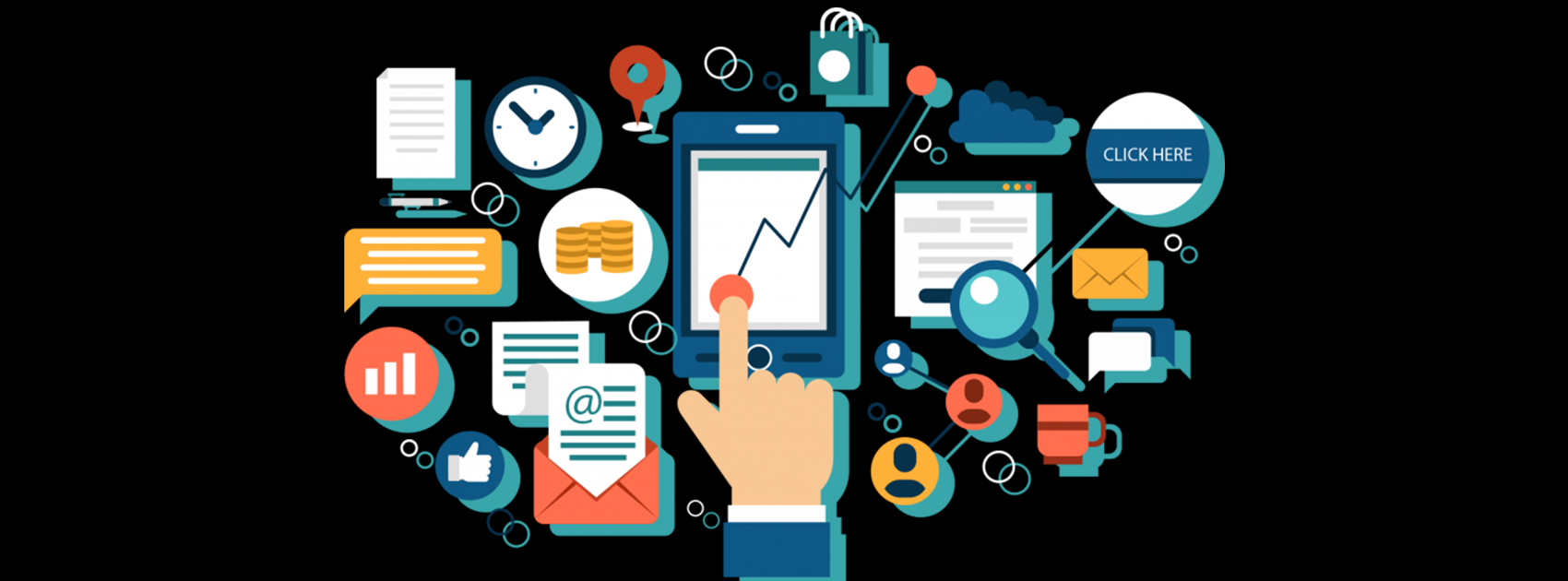
In simple terms, digital marketing is the science of marketing products and services using various digital media.
Employers are looking for people with digital marketing skills so as to improve their company’s online presence which, in turn, can attract a lot of customers. Digital marketing can be a useful skill to learn if you are job seeker.
On the other hand, this skill can also help you if you are aspiring to start your own business. You can use Search Engine Optimisation (SEO) skills to market your own company.
4) Internet of Things
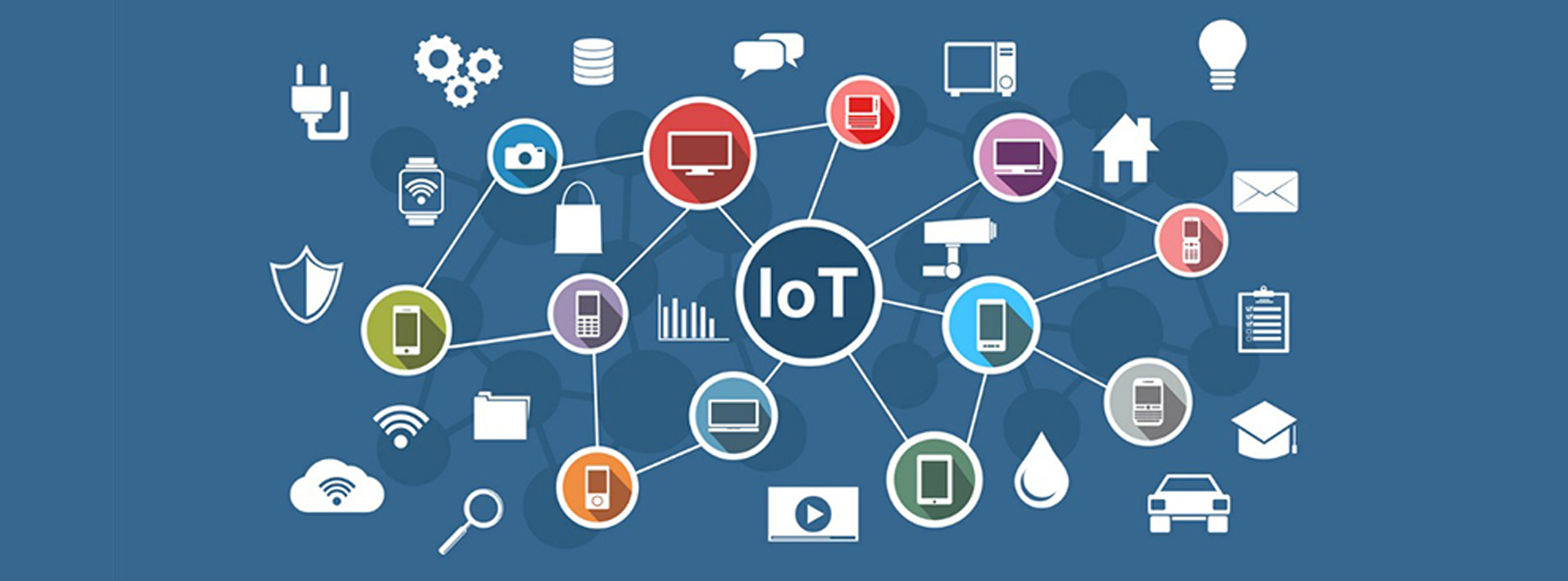
Internet of things (IoT) is basically an interconnection of physical objects which are accessible through the internet. A smart home is a real life example of internet of things. Apps like Fitbit and Lyft also use IoT.
With so much of scope, IoT is the future. Skilled professionals with an understanding of IoT can get highly paid jobs, develop their own applications or start their own businesses. This is a must learn skill for tech savvies.
5) Augmented reality and Virtual reality

AR and VR are two technologies capable of changing the way you look at the world. Augmented reality creates an enhanced version of the reality using technology, whereas virtual reality uses computer technology Skills to create a simulated environment for the user. The popular game Pokémon Go is an example of augmented reality.
AR and VR find applications in various fields, including gaming, entertainment, education and marketing. Learning these skills can be extremely useful if you are looking to start a business or develop your own games.
Though there are several emerging technologies, these 5 technologies have a sustainable future and can provide a secure career path.
Comment and let us know if you think any other technologies can be added to this list.
Technology
Jio Unveils Cloud PC Service to Bring Affordable Computing to Indian Households

- Jio Platforms has launched JioPC, a cloud-based virtual desktop service that transforms any television connected to a Jio Set Top Box into a fully functional computer.
- Users simply connect a keyboard and mouse to access a desktop-like environment, complete with web browsing, productivity tools, and educational apps—all without needing a physical PC or extra hardware.
- The service is device-agnostic and works with all consumer PC brands, making advanced computing accessible and affordable for millions across India.
JioPC is designed to support a wide range of activities, from professional work to online learning and creative projects. By leveraging Jio’s robust cloud infrastructure, users can run even compute-intensive AI applications directly from their TV screens. The platform also ensures data security and reliability, as all files and settings are safely stored in the cloud, protecting users from data loss even if their device is reset or replaced.
With JioPC, Jio aims to democratize digital access and bring high-performance computing to Indian households at a fraction of the traditional cost. The service supports popular productivity suites like LibreOffice and Microsoft Office online, and Jio is offering a free trial to encourage users to experience the benefits firsthand. This innovative move is set to reshape how people in India work, learn, and connect in the digital age.
Technology
WhatsApp Introduces Ads in Updates Tab, Keeps Chats Ad-Free

Meta has officially begun rolling out ads on WhatsApp, ending over a decade of an ad-free experience since its acquisition in 2014. The advertisements will appear only in the Updates tab, specifically within the Status feature, which lets users share photos, videos, and text updates that disappear after 24 hours—similar to Instagram Stories.
Where Ads Will Appear
- Ads will be visible exclusively in the Status section of the Updates tab, keeping personal and group chats ad-free.
- Businesses can use these ads to encourage users to interact via WhatsApp messaging.
- Meta is also introducing paid channel subscriptions and promoted channels within the Updates tab, allowing users to access premium content and discover new channels more easily.
Privacy and Targeting
Meta has emphasized that private messages, calls, and group chats will remain end-to-end encrypted and free from advertising. Ads will be personalized using limited, non-sensitive data such as location, language, followed channels, and ad interactions. Users can further manage ad preferences if they link WhatsApp to Meta’s Accounts Center.
User and Business Impact
The move marks a major shift for WhatsApp, which has long resisted advertising to preserve a clean messaging experience. While some users have criticized the change, Meta sees this as a significant opportunity to monetize WhatsApp’s 3 billion users and over 200 million businesses on the platform.
In summary, WhatsApp’s new ads will be confined to the Updates tab, ensuring personal messaging remains private and uninterrupted, while opening new monetization avenues for Meta and businesses.
Technology
WhatsApp on iPad: The Long-Awaited Native Experience
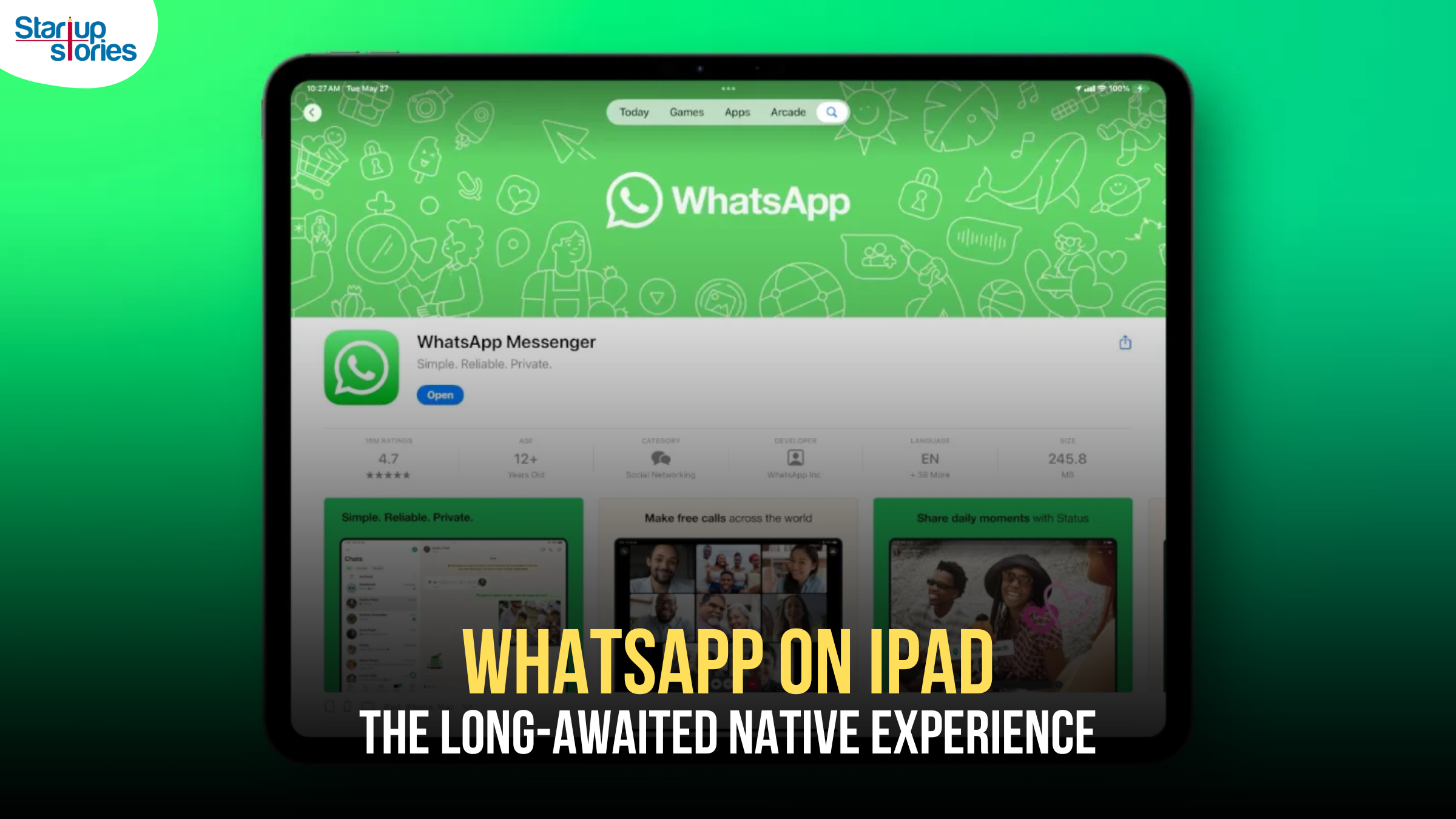
After years of anticipation, WhatsApp has officially launched a dedicated app for the iPad, finally giving users a seamless and optimized messaging experience on Apple’s popular tablet. Previously, iPad users had to rely on the web version, which lacked many features and was not designed for the larger screen. Now, with the arrival of WhatsApp for iPad, users can enjoy all the core messaging and calling features in a native, iPadOS-optimized environment.
How to Get Started with WhatsApp on iPad
Setting up WhatsApp on your iPad is straightforward. Simply download the app from the App Store, open it, and scan the displayed QR code using your smartphone’s WhatsApp app to link your account. This process mirrors the setup for WhatsApp Web and Desktop, ensuring your chats, calls, and media stay in sync across devices. The iPad app supports all key features, including individual and group chats, Communities, Channels, and both audio and video calls for up to 32 participants.
Enhanced Features and Multitasking
WhatsApp for iPad is designed to take full advantage of the tablet’s capabilities. It features a two-column layout, with recent chats on the left and active conversations on the right, making multitasking easier and more intuitive. The app supports iPadOS multitasking features such as Split View, Slide Over, and Stage Manager (on compatible models), allowing users to keep WhatsApp open while using other apps. Additionally, it works seamlessly with accessories like the Magic Keyboard and Apple Pencil, boosting productivity and creativity.
Privacy and Security
All messages, calls, and media remain protected with WhatsApp’s industry-leading end-to-end encryption, ensuring privacy and security across all linked devices. The iPad app also includes privacy features like chat lock, giving users peace of mind even if they share their device with others.
Conclusion
The launch of WhatsApp on iPad marks a significant milestone for Meta and its users. With a native, feature-rich app designed for the iPad’s larger screen and advanced multitasking capabilities, WhatsApp is now more accessible and convenient than ever for iPad owners worldwide. This move also signals Meta’s commitment to expanding its ecosystem, with rumors suggesting Instagram may be next in line for a dedicated iPad app. For now, WhatsApp on iPad stands as a welcome upgrade, enhancing how millions stay connected.






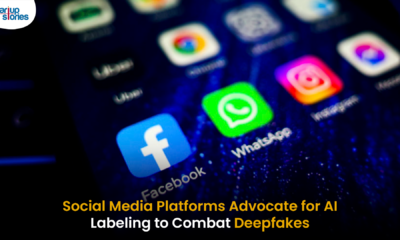







J88
November 7, 2025 at 1:18 pm
Đến với J88, bạn sẽ được trải nghiệm dịch vụ cá cược chuyên nghiệp cùng hàng ngàn sự kiện khuyến mãi độc quyền.
Kuwin
November 7, 2025 at 10:38 pm
kuwin sở hữu kho game đa dạng từ slot đến trò chơi bài đổi thưởng, mang đến cho bạn những giây phút giải trí tuyệt vời.
谷歌站群
November 11, 2025 at 7:46 pm
专业构建与管理谷歌站群网络,助力品牌实现全域流量的强势增长。谷歌站群
MM88
November 14, 2025 at 4:32 am
Với giao diện mượt mà và ưu đãi hấp dẫn, MM88 là lựa chọn lý tưởng cho các tín đồ giải trí trực tuyến.
MM88
November 18, 2025 at 1:53 pm
Khám phá thế giới giải trí trực tuyến đỉnh cao tại MM88, nơi mang đến những trải nghiệm cá cược thể thao và casino sống động.
iwin
November 28, 2025 at 11:10 pm
iwin – nền tảng game bài đổi thưởng uy tín, nơi bạn có thể thử vận may và tận hưởng nhiều tựa game hấp